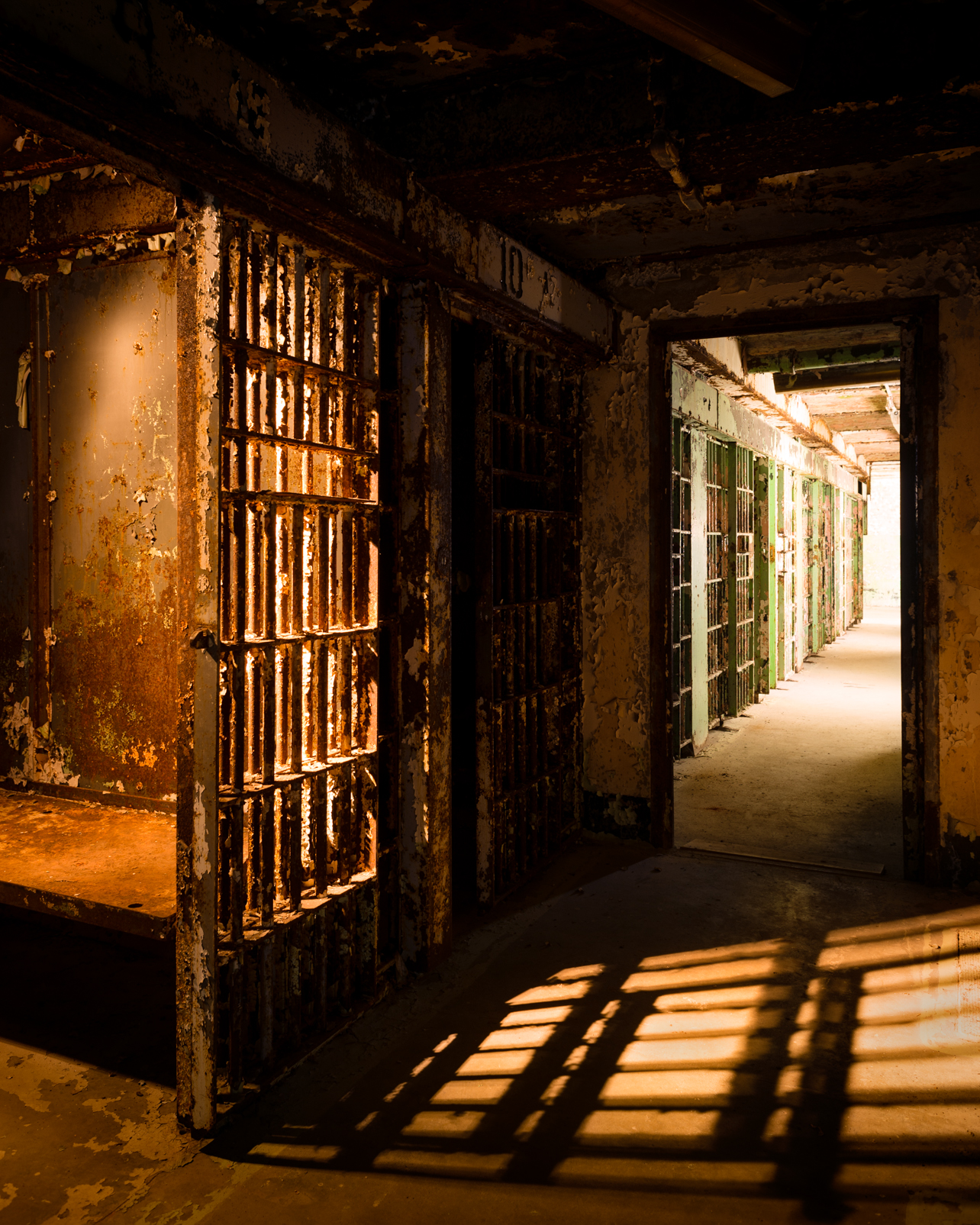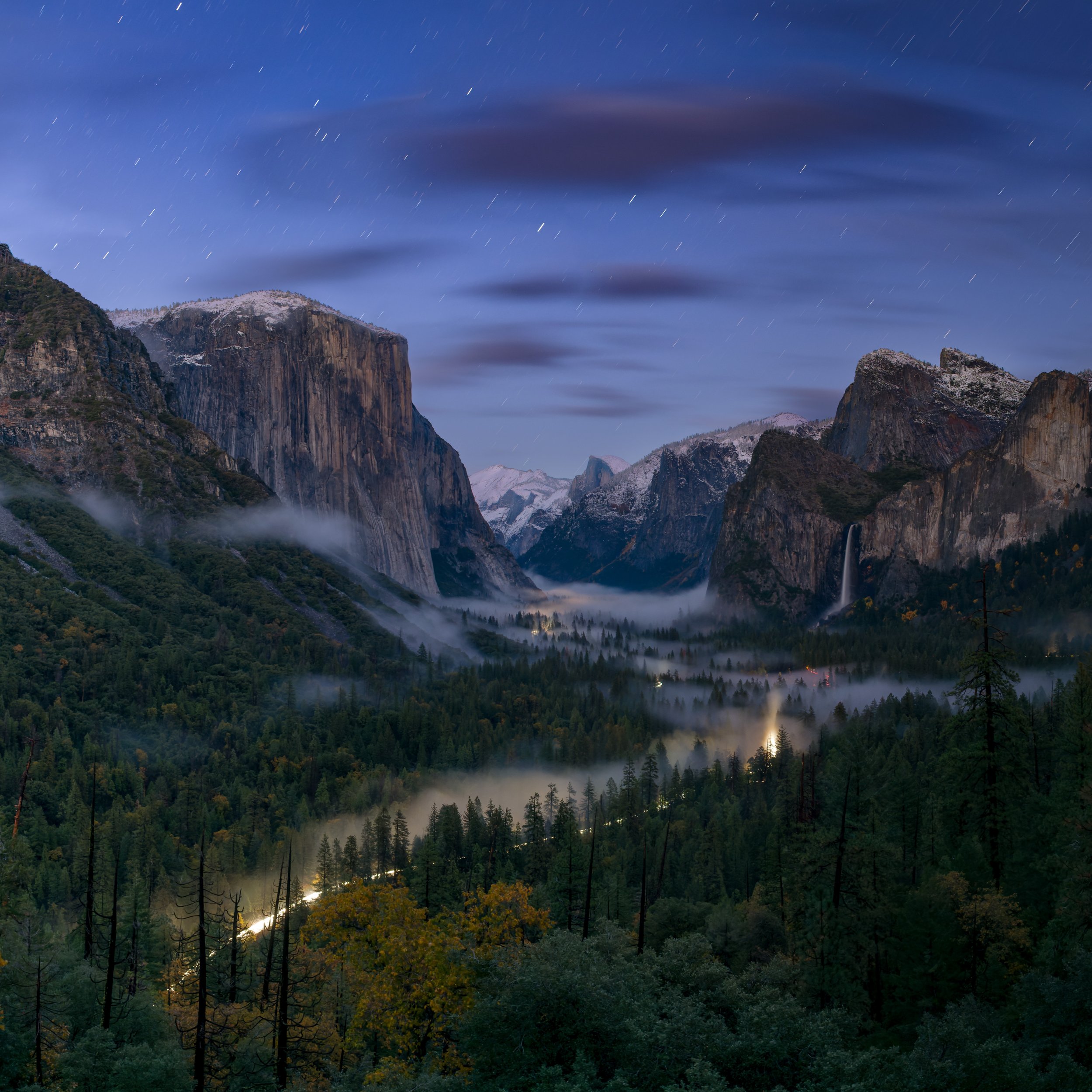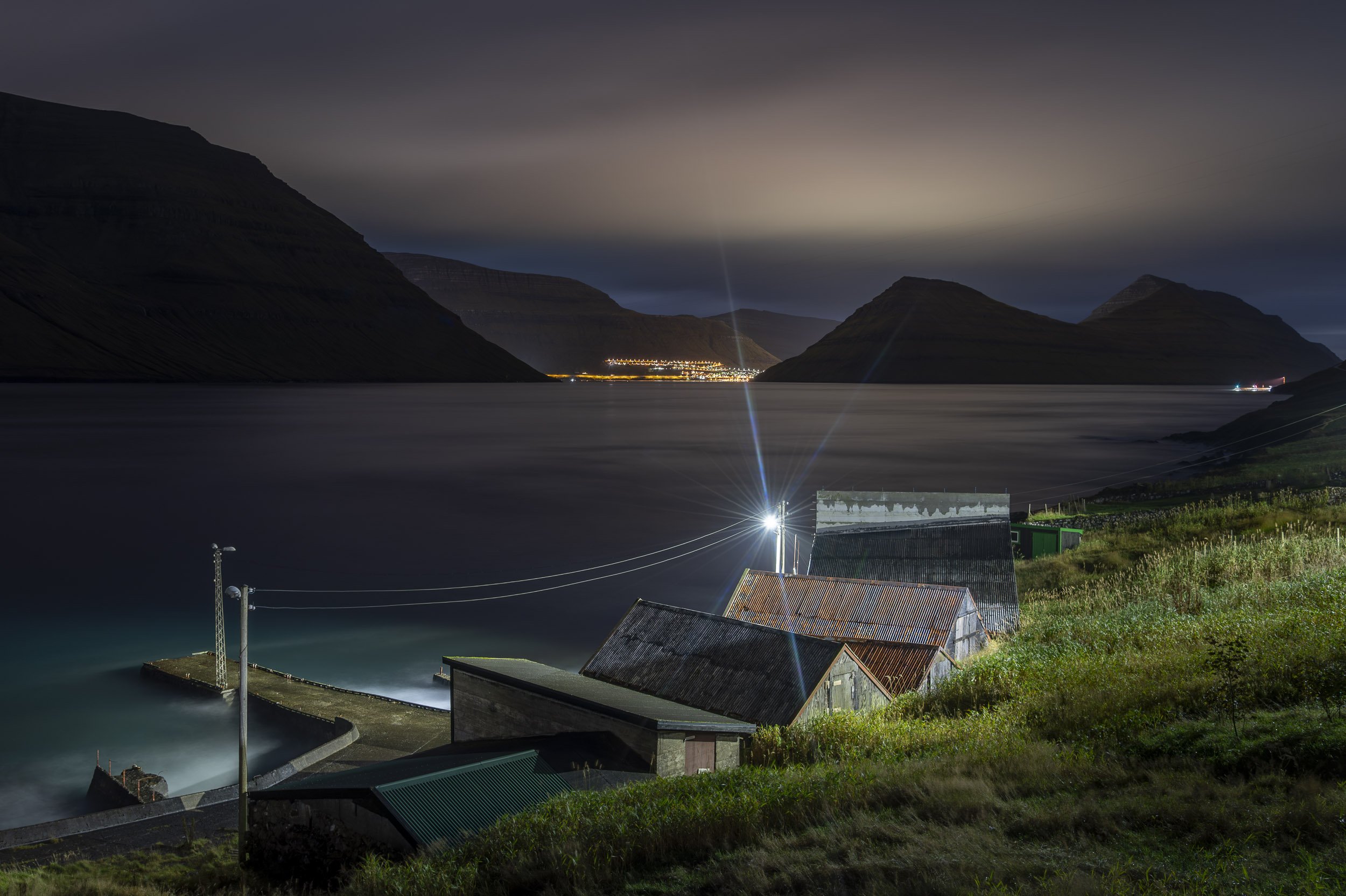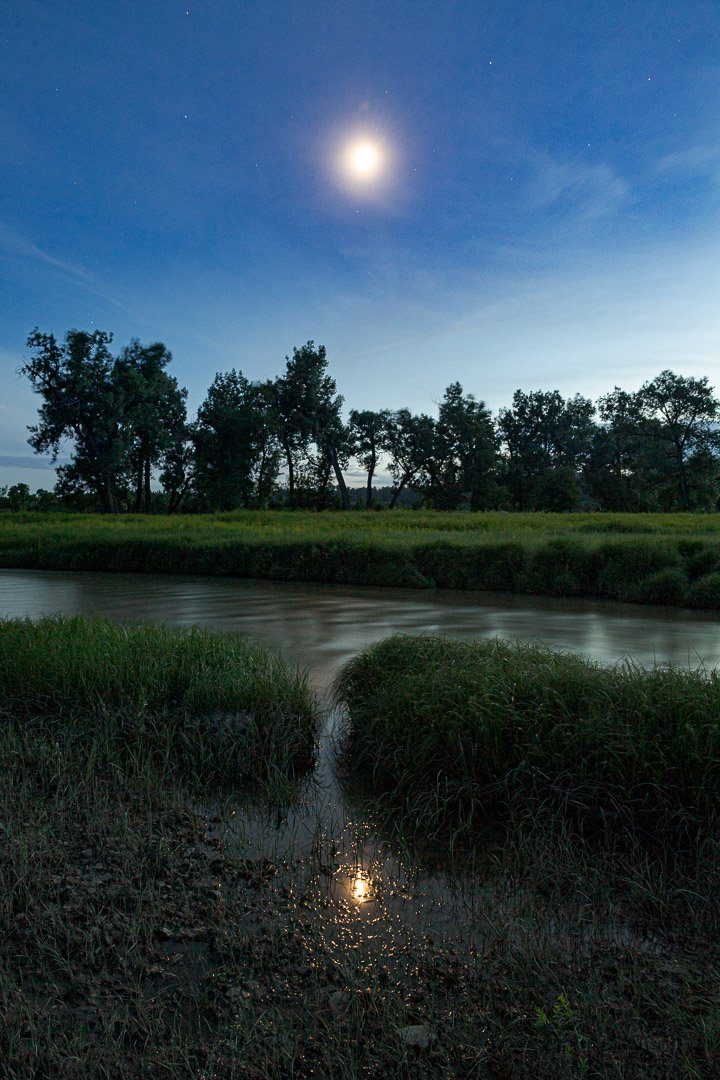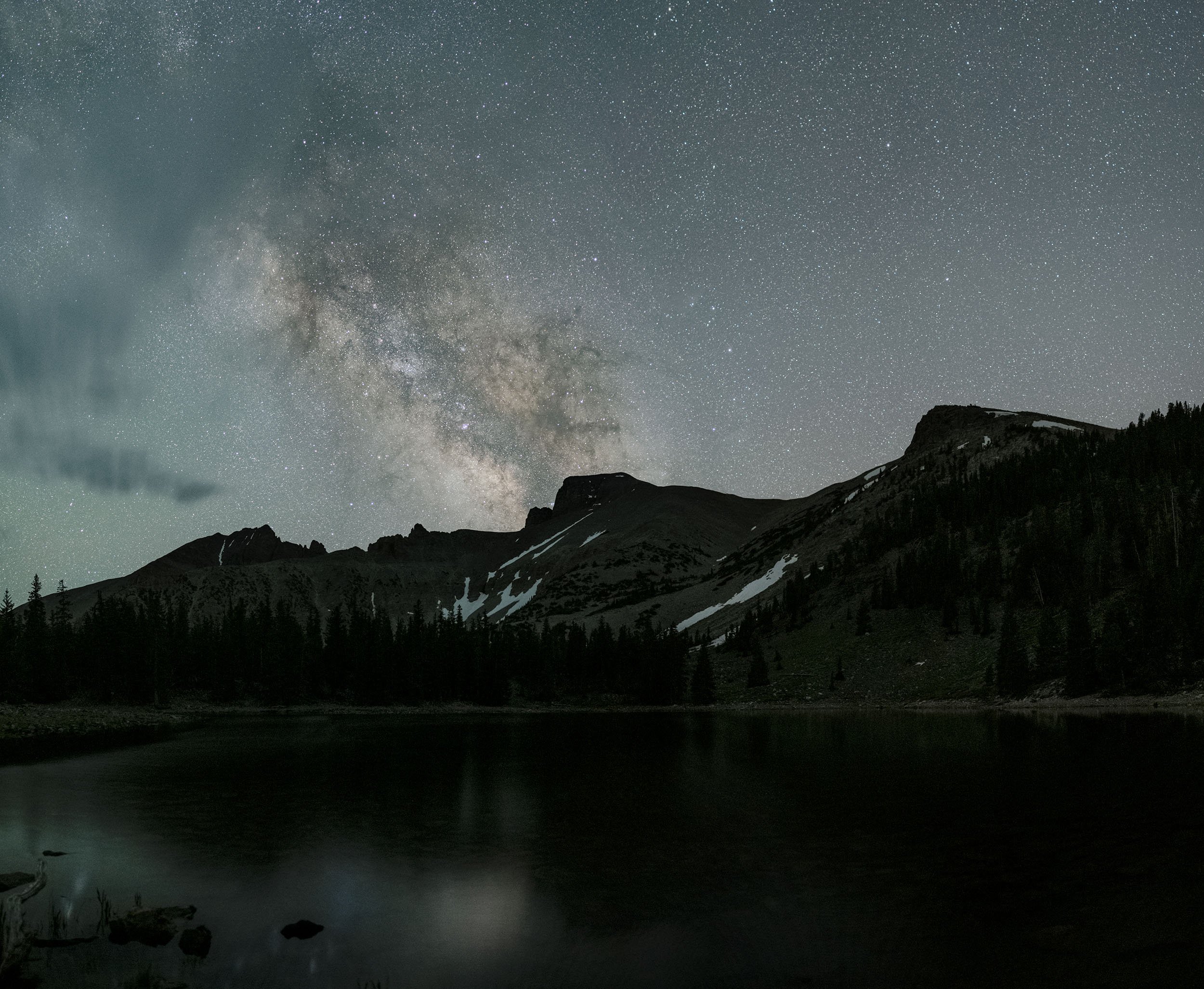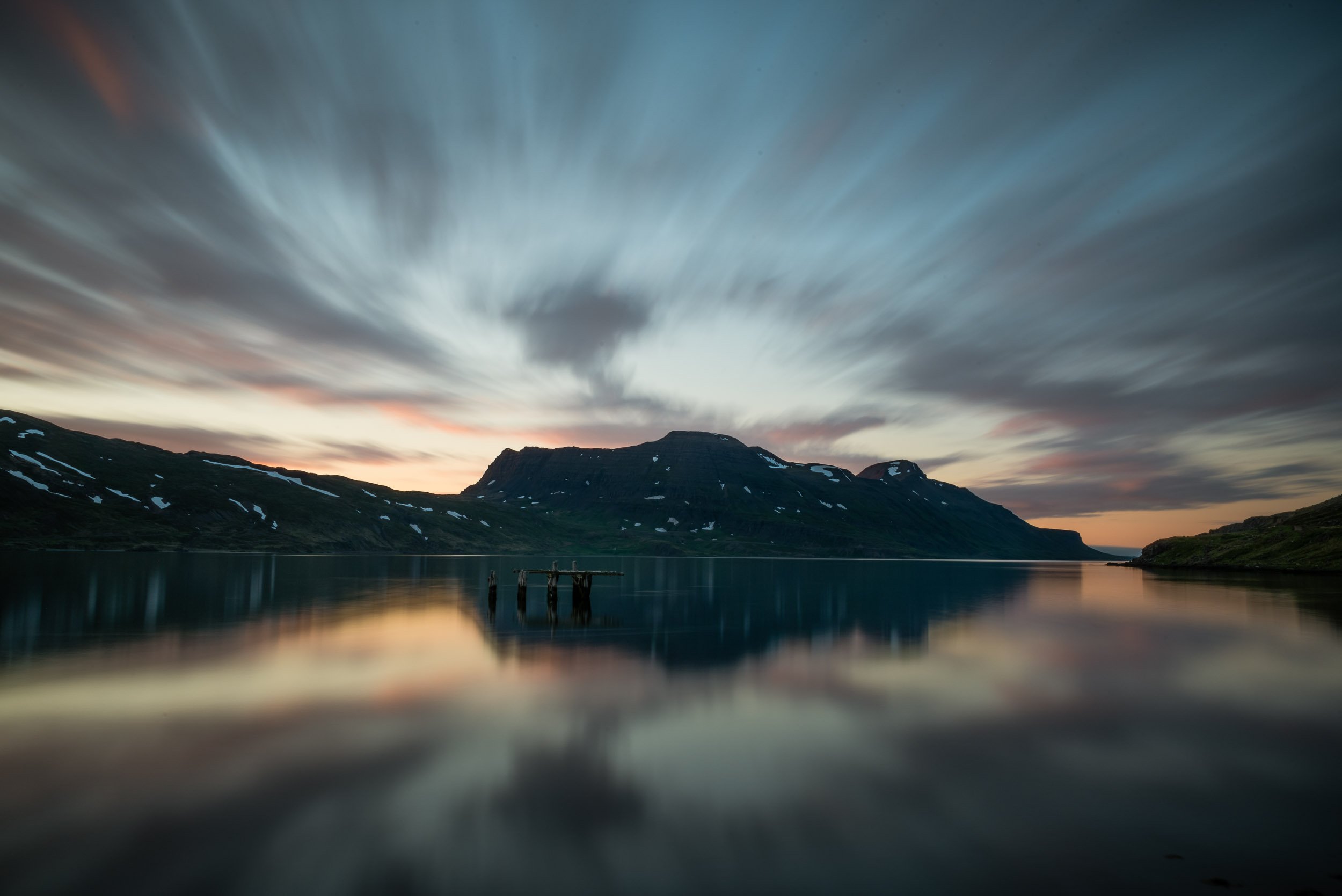The word photography means to draw or paint with light. When I first began studying photography, I was told that along with composition, the study of light would be a lifelong endeavor. Over the years, I’ve found this to be an absolute truth. I have also found that light painting is one of the more creative and magical ways to illuminate a scene.
In short, light painting is using a flashlight to illuminate your subject. Rather than depending on a typical light source for lighting, you use a flashlight to “paint” your subject. Standard photography involves the use of ambient light, meaning natural light provided by the sun, overcast days, the sky, indoor lighting, street lamps, etc. “Ambient” means “relating to the immediate surroundings,” so ambient light is that which surrounds us. The light that’s available.
Commonly, light painting takes place outside after dark, inside dark rooms, or in any other dimly lit situations.
This is not to say that complete darkness is necessary for light painting. It is possible and indeed fun to mix light painting and ambient light. One of my favorite times to paint with light is when the moon is full, as it is in the image above taken on our NPAN workshop in Zion National Park. The trick is to put yourself in situations where your shutter speed can be long enough to allow you time to paint your subject. If you are shooting a well-lit street scene, your shutter speed may be as fast as 4 or 8 seconds—which is just not enough time to effectively light-paint. A dark alley, however, may allow an exposure of 30 seconds, or a minute or two. These exposures are more conducive to creatively illuminating your subject with a flashlight.
The real beauty of light painting is in the crafting of the light. You are the artist. The conductor. Few forms of photography allow this level of creativity in shaping your subject. The flashlight becomes your brush and the scene your canvas. Imagination and experimentation become your workflow, resourcefulness and ingenuity your tools.
In this following image made in solitary confinement at Ohio's Mansfield Reformatory, I needed to add light to bring out the detail in the cell. In the first image we see how dark the cell was, with the ambient light reaching only so far down the hallway. Then in the second we see how the cell looked after I stood inside and painted outward with my flashlight to create the shadows of the bars on the floor.
While creating masterpieces takes some practice, the basic concept of light painting is little more than illuminating your subject with the flashlight while your camera’s shutter is open, a process that resulted in the following image of a structure in Meadowlark Gardens in Vienna, Virginia.
Adding light to the structure under a full moon. ISO 100, f/8, 4 minutes. 24mm 2.8 Nikon lens, Nikon D4, Coast flashlight.
Over the next couple of months, I’ll build on this topic as I present more ideas and techniques. For now, here’s a little to get you going!
Starting the Process
When getting started with light painting you may feel a bit like a fish out of water. Where to begin? What to do first? It all starts with visualizing your composition. As you look at the scene imagine what it can be rather than what it is.
1. Decide what lens to use. This will determine much of what comes next.
2. Think about depth of field. Do you want your whole scene sharp (f/8 to f/22) or do you want only the main subject sharp (f/1.4 to f/4)? I tend to like maximum sharpness, so my default apertures are f/8 or f/11. Consider using only one or two apertures when your first start out. This consistency will help you learn how much painting is necessary for a good exposure.
3. Set your ISO to 6400. If you don’t have 6400, use 3200. Running test shots at high ISOs saves time and helps with fine-tuning your composition.
4. Set your camera to its multi-segment meter. The multi-segment meters (“Evaluative” for Canon, “Matrix” for Nikon) deliver decent initial exposures in scenes that have a mix of lights and darks. Some adjustments may be necessary after you review your test shots.
5. You can obtain good exposures under moonlit conditions by pointing your camera into the sky and putting the indicated meter at -1. This will leave your foreground black but your sky will have that nighttime feel.
6. For scenes without much ambient light, I typically shoot for 2 or 3 minutes at f/8 or f/11. I find these two apertures allow enough time to paint without being overly restrictive. f/16 and f/22 allow much less light to pass, increasing the time you need to paint.
7. Once your ambient exposure is established, begin to practice your painting. Remember, it’s not necessary to expose each of these test shots for the full time. At this point you are just analyzing your painting techniques. The overall length of exposure will have very little influence here.
8. If you are working in a bright area, there is a chance that some light can enter through the eyepiece in the back of the camera, causing an odd glow or streaks across your image. Closing the viewfinder eyepiece shutter during long exposures will eliminate these anomalies.
“At this point you are truly making photographs instead of taking them. You are creating the light.”
Painting the scene
Once the initial ambient exposure is established, the real fun begins. It’s time to put the brush to the canvas. At this point you are truly making photographs instead of taking them. You are creating the light. You are designing the overall look and feel of the image.
Should your subject be brighter? Get closer or spend more time painting. Too bright? Spend less time painting, or back up. Want to change the color of the main subject? Put a filter over your flashlight. Want the ambient light to be more blue? Change the white balance. The possibilities are endless.
The ambient exposure is controlled by the f-stop and shutter speed. But the light painting exposure is controlled by the aperture, length of time spent painting, distance from the flashlight to the subject, and subject reflectivity.
1. Wider apertures = shorter painting times. Smaller apertures = longer painting times. I typically use f/8 or f/11 at ISO 100 or 200.
2. For shorter painting times, get closer to your subject.
3. Subject reflectivity is also an exposure factor. Darker or rougher subjects will take more time to bring up to the desired brightness. Subjects that are smoother or lighter will require less time.
4. Because of all these variables, it is nearly impossible to give an average painting time for any given aperture. Experimentation is key. Don’t be afraid to make mistakes. Simply open your shutter and start painting.
For more on this topic, see "A Guide To Getting Started With The Art Of Light Painting — Part II."
For more information about the equipment mentioned in this post, see the Our Gear page and the following links:




